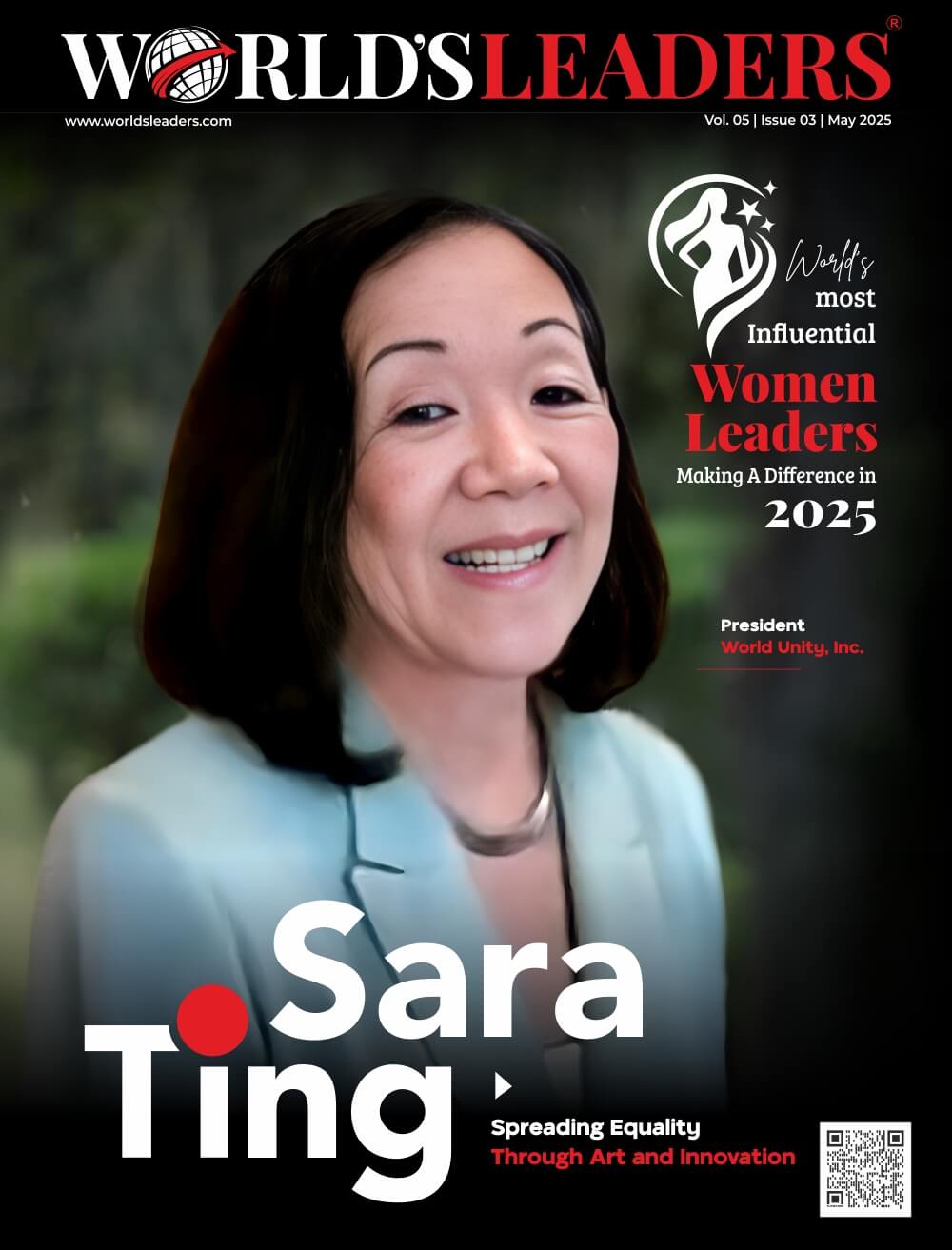In the modern leadership studies, the concept of female leadership is a contentious topic. On the one hand, it was difficult for researchers for a long time to pinpoint whether or not female leadership might begin and grow as a distinct phenomenon. However, gender has long been seen as one of the key characteristics of individual leadership (Zaleznik, 1977). In all of the major stages of the growth of leadership theories, the context of gender can be found, according to Chin’s (2007) analysis.
One of the earliest organized and consistent studies of leadership was the trait theory of leadership. The trait approach highlighted the significance of qualities in leadership and concentrated on finding the individual characteristics (or traits) of leaders. Individual traits like brilliance, masculinity, dominance, ambition, boldness, and self-confidence have been linked to leadership only in relation to masculine areas and male activity for years in a variety of academic research (Mann, 1959; Zaleznik, 1977).
In the middle of the 20th century, a number of significant studies cast doubt on an uniform set of leadership characteristics. As a result, rather than concentrating solely on the features of leaders used in the process of leadership, scientific attention switched to contemporary conceptions of skills that emphasize the value of technical, communicative, and conceptual abilities essential for effective leadership itself (Katz, 1955; Mumford, etc., 2000; Northouse, 2009). Studies on leadership have revealed that men and women as leaders have quite distinct talents. Male leaders, in contrast, tend to make more independent decisions and have impersonal reactions. They also tend to avoid understanding the complexities of human interactions. In contrast, female leaders are more pro-active in their communication, showing excellent interpersonal skills and valuing teamwork.
According to leadership theories, leadership is a process of contact and influence between leaders and followers that helps them define and accomplish goals (Bass, 2000; Gardner, 1995; Rost, 1995). The predominance of several leadership philosophies best illustrates the significance of gender issues in leadership.
According to studies, male leaders typically exhibit the transactional leadership style, which focuses on task and goal completion, while female leaders are frequently described as having a transformational leadership style, which is focused on visions and creative changes and is founded on individual respect, team building, and mutual trust (Werhane, 2007; Jogulu, Glenice, 2006; Wood, 2005).
Accordingly, three crucial tendencies in research on female leadership have been assumed by the development of gender leadership theories:
The first is derived directly from trait leadership studies and investigates the personal characteristics and critical competencies of male and female leaders;
the second is known as leadership approach and concentrates on the investigation of male and female leadership styles;
and the third is derived from a broader investigation of leadership phenomenon and its subject and concentrates on the investigation of female leadership as an independent phenomenon, clearly differentiating it from both.
Researchers encounter certain challenges when attempting to pinpoint the unique characteristics of female leadership based on the first two trends of studies. Most researchers who study these trends aim to compare and contrast the personal qualities, competencies, and behaviors of male and female leaders. Recent research have found that there are two important ways that gender inequalities in leadership present themselves. The first argument contends that there are no gender disparities in leadership and that men and women should be treated equally (Brinia, 2011; Andersen, Hansson, 2010). The second strategy acknowledges the distinctions between male and female leadership and the need to address each gender’s leadership in a unique way (Powell, 2012; Arnold, Loughlin, 2013). It has been discovered, however, that female leaders do not always lead in accordance with the traditional female leadership style, despite the scientific justification of both approaches. Women who exhibit the innate qualities of masculine leadership frequently aspire to positions of authority and top executive positions.
Therefore, a clear distinction between female leadership and female leaders has been highlighted by the most recent scientific investigations. The words “feminine” and “feminist,” according to Chin et al. (2007), sound quite similar phonetically in the English language yet have different meanings. The first refers to conduct that is typical of women, and the second concerns the struggle for equal rights and opportunities among women. Women seek positions of leadership to promote social equality, the realization of their ideas for change, and the upholding of moral standards that frequently diverge from those of male leaders who display their desire for status and power in an overt way (Chin et al., 2007).
Two key scientific presumptions have therefore developed. One the one hand, the researchers contend that how leadership is expressed by female leaders can vary greatly. On the other hand, female leadership is vital for women working in other dynamic aspects of social life, such as raising children and doing jobs that aren’t necessarily extremely significant but nevertheless need responsibility. Female leadership is widely present at all stages of life and is not just found in the workplace.





